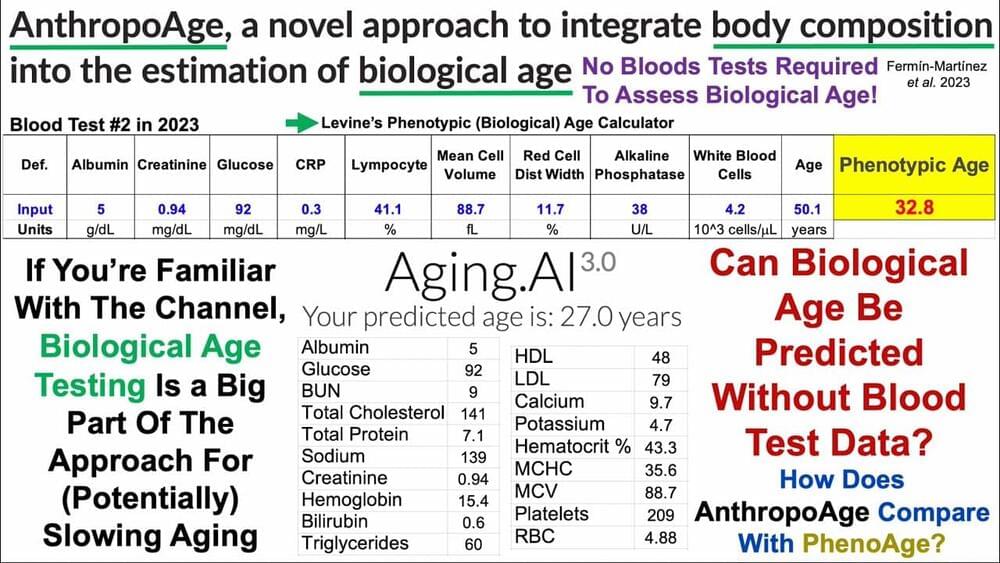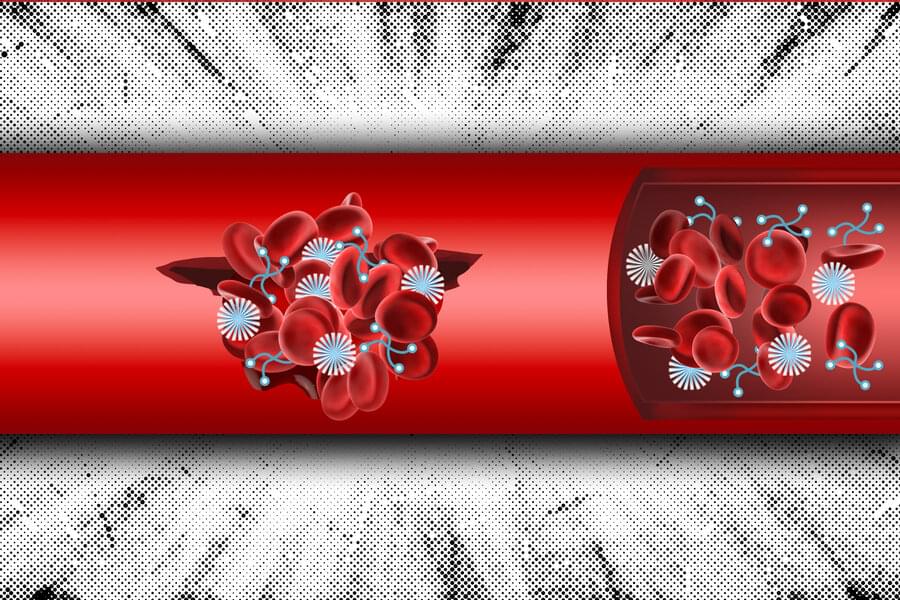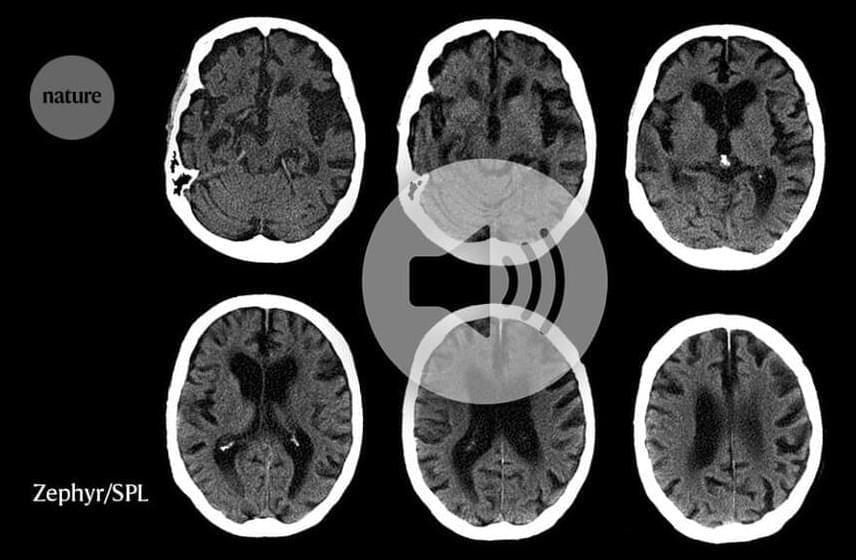Apr 30, 2023
ChatGPT beats doctors at answering online medical questions, study finds
Posted by Dan Kummer in categories: biotech/medical, robotics/AI
According to a recent study, ChatGPT surpasses the quality and empathy of physicians when responding to online queries. However, there are some caveats.
A recent study published in JAMA Internal Medicine reveals that ChatGPT surpasses physicians in terms of quality and empathy when responding to online queries. The study evaluated ChatGPT’s performance compared to physicians in answering patient questions from Reddit’s r/AskDocs forum.
The cross-sectional study involved 195 randomly selected questions and found that chatbot responses were preferred over physician responses. ChatGPT received significantly higher ratings for both quality and empathy.


















